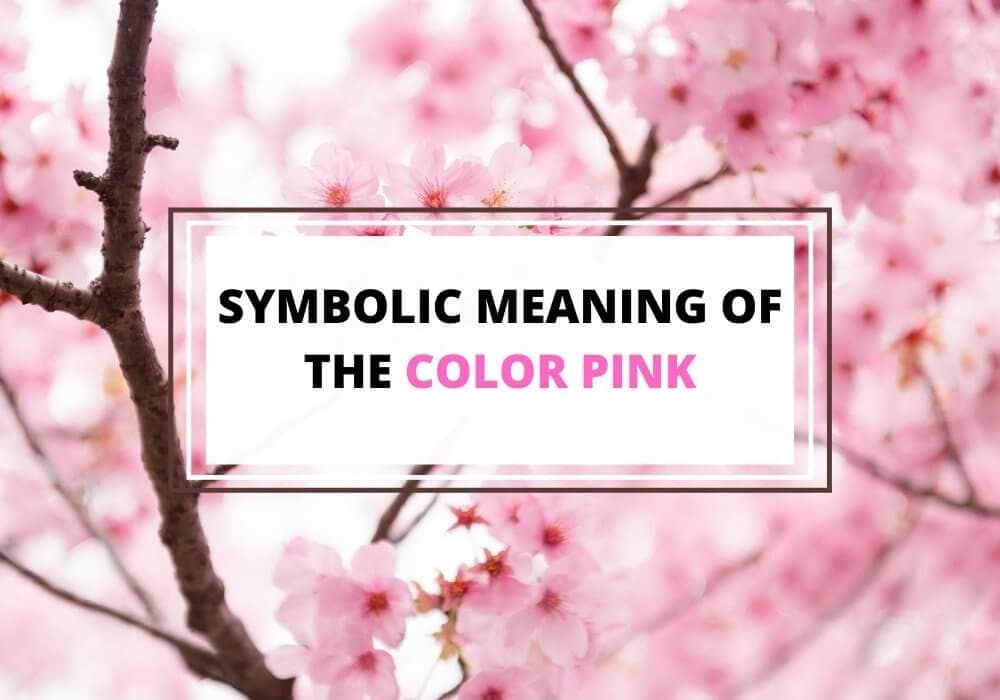
Table of Contents
Pink is much more than just a color. It represents a variety of feelings and ideas, such as love, kindness, and sometimes even protest. From the gentle color of a rose to the powerful symbol of a pink ribbon, pink brings out many emotions and thoughts.
Even a quiet color like pink can have a big impact, changing how we see the world and feel in surprising ways. Let’s take a look at the meanings and importance of pink in different cultures.
What Does the Color Pink Symbolize?
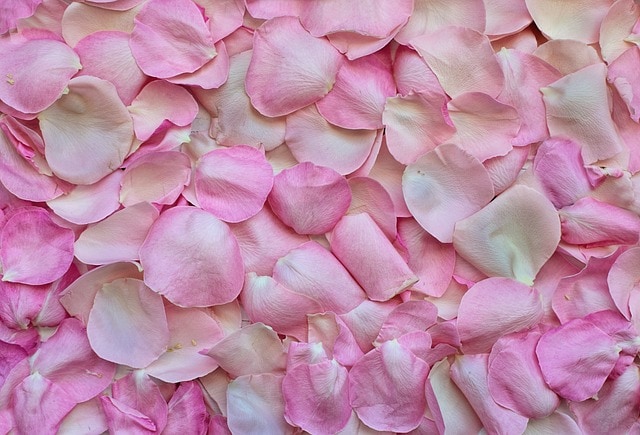
Pink is often seen as a gentle and soft color, but it means a lot more. It’s mainly linked to love and romance, making people feel warm and cared for. This is because pink is connected to the heart and feelings of kindness. Besides romance, pink also stands for femininity and innocence, often representing the caring side of women and young girls.
But pink’s meaning goes beyond these usual ideas. Nowadays, it’s a strong symbol of hope and awareness, especially shown through the pink ribbon, which stands for breast cancer awareness. This shows pink can also mean support and strength during tough times.
In fashion and design, pink has become a way to show boldness and self-expression. It’s no longer just a color for kids or women, but for everyone who wants to show confidence and fun.
In short, pink is a color with many meanings, from love and gentleness to courage and change, touching a wide range of feelings and ideas.
Symbolism of Pink in Different Cultures
The color pink has various meanings and symbolism in different cultures around the world. Here’s a closer look:
1. In Western Culture
In Western societies, people commonly link pink with femininity and romance. Initially, both boys and girls wore pink, but over time, it became more associated with girls, symbolizing softness and nurturing.
Today, pink appears in women’s fashion and girls’ toys, and it plays a role in women’s health campaigns, like those for breast cancer awareness. However, modern movements are using pink to challenge old gender norms and promote more fluid ideas about gender.
2. In Japan
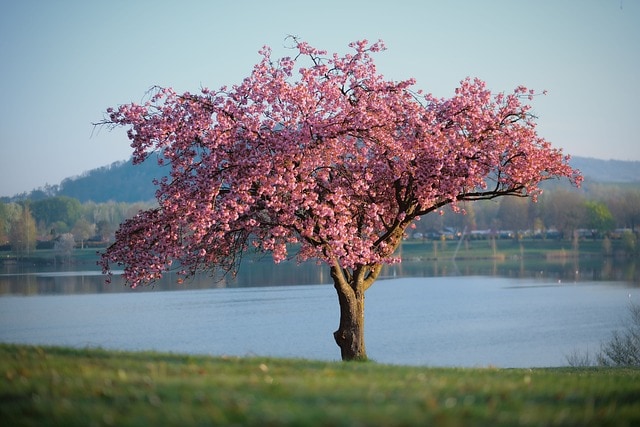
In Japan, pink, especially seen in cherry blossoms or sakura, is culturally significant. These blossoms, with their vivid pink color, symbolize life’s brief nature, mirroring the Buddhist idea that nothing lasts forever. They remind people to appreciate the present.
This symbolism shows up in Japanese art, literature, and festivals like Hanami, where people admire these blossoms.
3. In Thailand
In Thailand, pink is important for both cultural beliefs and traditions. It’s considered lucky for those born on Tuesdays. Pink also holds a special meaning due to its connection with King Bhumibol Adulyadej, symbolizing remembrance and respect.
4. In Korea
For Koreans, pink stands for trust, reliability, and a youthful spirit. It’s a popular color in both traditional and modern fashion, reflecting a balance of style and cultural pride. Korean pop culture, including K-pop and dramas, often uses pink to represent themes of romance and friendship.
5. In India
In India, pink symbolizes joy, happiness, and creativity. It’s a key color in festivals like Holi, representing the victory of good over evil and the start of spring. Cities like Jaipur, known as the ‘Pink City,’ feature pink in their architecture, symbolizing hospitality. Pink is also a popular choice in Indian fashion, representing femininity and elegance.
6. In Western LGBTQ+ Movements
Over time, pink has come to symbolize pride, resistance, and a challenge to traditional stereotypes. The Pink Triangle, a symbol of past persecution, now stands for gay pride and LGBTQ+ rights. This change shows the community’s strength and the power of reclaiming symbols.
Pink in these contexts represents a broader fight for equality and acceptance, showing the importance of color in social and political movements.
Pros and Cons of Pink
Pink, a color with a variety of shades, carries both good and bad meanings that depend on cultural, psychological, and personal views. The positives include its ability to create emotional comfort, as its softer tones often bring calmness and reduce anger. It’s also a universal symbol of love, care, and compassion, frequently used to add warmth and affection in imagery and design.
In fashion, pink stands out for its versatility and style, appealing to diverse tastes and ranging from playful to sophisticated. Pink also plays a crucial role in health campaigns like breast cancer awareness, symbolizing hope and support.
However, there are negatives to pink as well. It often gets stereotyped as a ‘feminine’ color, leading to gender-based assumptions, particularly in children’s products and societal norms. In marketing, the excessive use of pink in products aimed at women can reinforce outdated gender roles, appearing patronizing.
In professional settings, pink may not be taken as seriously as more neutral colors, affecting perceptions in personal branding. Additionally, the color’s meaning varies across cultures, which can lead to misunderstandings or insensitivity. While pink can represent comfort and style, it’s also linked with issues of gender stereotypes and cultural interpretations.
Personality Color Pink – What It Means

People who like the color pink often show kindness and a nurturing attitude. They’re usually gentle and comforting, bringing warmth and care into their interactions. If you’re someone who likes pink, it shows a love for peace and a personality that values empathy and understanding.
Those with a pink personality are often romantic and optimistic. They see the world positively and usually have a youthful energy. They’re great at showing love and affection, making them good friends and partners because they put others’ happiness first.
On the other hand, choosing pink might also mean that the person seeks emotional safety and sometimes avoid facing tough realities, seeing the world too optimistically. They might also try too hard to be accepted and keep peace, even if it means ignoring their own needs.
Pink in Fashion and Jewelry
Pink plays a unique and powerful role in fashion and jewelry. Its range from soft pastels to bold, vibrant shades makes it a versatile choice for any occasion, from everyday wear to high fashion. Soft pinks bring a sense of femininity and grace to daily outfits, while bright pinks make bold fashion statements. Designers love pink for its flexibility across seasons, with light pinks for spring and summer and deeper pinks for fall and winter.
In high fashion, pink often symbolizes rebellion and breaking norms. It has been at the center of iconic fashion moments, like Elsa Schiaparelli’s use of shocking pink to challenge traditional colors. Designers mix pink with unexpected patterns and textures, or use it in unconventional designs, to question gender norms and societal expectations.
In jewelry, pink brings warmth and romance. Popular pink gemstones, such as rose quartz, pink sapphires, and pink diamonds, are prized for their beauty and rarity. These stones, often used in engagement rings and anniversary gifts, symbolize love and affection. Pink gemstones also give a modern touch to classic jewelry, making them timeless yet trendy.
Pink also holds deeper meanings in fashion and jewelry. For example, pink ribbons in jewelry designs represent breast cancer awareness, making them symbols of support and solidarity.
Pink in fashion and jewelry isn’t just about looking good; it’s a dynamic way to express personality, emotions, and awareness. From a light pink dress to a fuchsia handbag, or a rose quartz necklace, pink continues to inspire and impress in the world of fashion and style.
The Origin of Pink
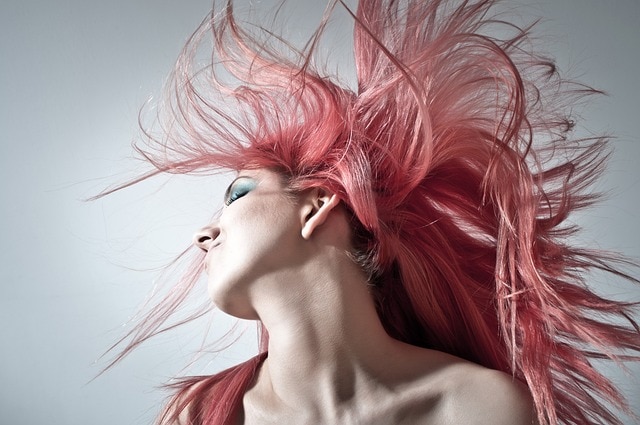
The color pink’s origin ties closely to the history of dyes and how society views colors. Originally, in the 14th century, “pink” didn’t mean a color; it was the name of a flower, the “pinks,” a type of Dianthus. People used terms like “rose” or “carnation” for colors close to what we call pink today, reflecting the natural sources for these dyes.
Pink as a color comes from mixing red and white. In ancient times, making and keeping a stable pink color in fabrics was hard. Red dyes came from plants like madder or insects like cochineal, but blending these with white to get a long-lasting pink wasn’t easy.
Pink became more popular and distinct in the 17th and 18th centuries as dyeing methods got better. It started showing up a lot in fashion and art, partly thanks to Madame de Pompadour, King Louis XV of France’s mistress. She loved a light shade of pink, “Pompadour Pink,” which then became fashionable among Europe’s elite.
The 19th century brought synthetic dyes, making a wider range of stable pinks. This time really cemented pink’s role in Western fashion and imagination, leading to the various ways we see and use pink now, in the 20th and 21st centuries.
Pink in the Middle Ages and Renaissance Period
During the Middle Ages and the Renaissance, pink played an interesting role in society and fashion, showing how tastes and cultural values changed over time.
In the Middle Ages, people didn’t use pink much in everyday clothes. This was partly because making a stable pink dye was hard. However, artists often used light pink in religious paintings to show youth and innocence, like in the clothes of the Christ Child or angels. They made pink by mixing red, which stood for passion or power, with white, symbolizing purity. So, pink came to mean gentleness and something sacred.
In the Renaissance, things changed a lot with color in fashion and art. Thanks to better dyeing methods and more interest in personal style, pink became more popular, especially among the rich. Wearing bright and fine pink clothes was a sign of wealth, as these dyes were rare and costly.
Pink also became important in Renaissance art. Painters like Raphael and Titian used different shades of pink to make realistic skin tones and lively clothes. This use of pink showed the era’s interest in humanism and nature.
Also, in both these periods, pink wasn’t just for one gender. Both men and women wore it, more as a sign of their social status than as a mark of being male or female.
Pink in the 18th Century
The color pink reached its zenith in the 18th century, the time when pastel colors were highly fashionable in all the European courts. The mistress of King Louis XV donned combinations of pink and pale blue. She even had a specific pink tint made just for her by the Sevres porcelain factory, created by adding shades of black, blue and yellow.
Pink was used as a color of seduction in the portraits of Lady Hamilton and Emma made by George Romney. But this meaning changed towards the end of the 18th century, with the famous portrait of Sarah Moulton by Thomas Lawrence. In the painting the color pink was symbolic of tenderness and childhood innocence. Thus pink became associated with femininity, innocence and purity.
Pink in the 19th Century
Pink was quite a popular color in England in the 19th century, with young boys wearing decorations or ribbons in the color. In the late nineteenth-century, French impressionist painters who worked with pastel colors sometimes painted women wearing pink. An example is the image of ballet dancers by Edgar Degas.
Pink in the 20th Century – Present
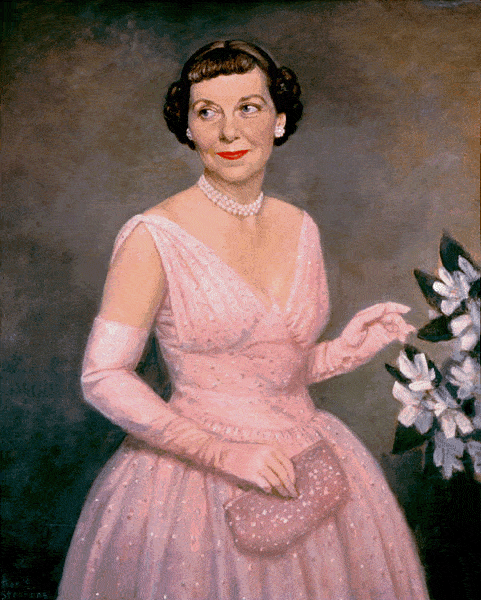
In 1953, Mamie Eisenhower wore a gorgeous pink dress for the US presidential inauguration of her husband Dwight Eisenhower, marking a turning point for the color pink. Thanks to Mamie’s love for pink, it became a color that ‘all ladylike women would wear’ and a color associated with girls.
Brighter, bolder and more assertive pinks were being made with the creation of chemical dyes which didn’t fade. Elsa Schiaparelli, the Italian designer, was the pioneer in the manufacture of new pinks. She mixed the color magenta with a little white and the result was a new shade, which she called ‘shocking pink’.
Pink was also used by the inmates of the Nazi concentration camps in Germany. Those who were accused of being homosexuals were made to wear a pink triangle. This led to the color becoming a symbol of the gay rights movement.
Although pink was first described as a masculine color, it gradually became a feminine color. Today, people instantly associate pink with girls while blue is for boys. This has continued to be the accepted norm since the 1940s.
Wrapping Up
The different qualities of the color pink give it a dynamic edge that’s loved by many people. While the symbolism of this color can change according to religion or culture, it remains a favorite of many people and is used extensively throughout the world in fashion, jewelry and art.








